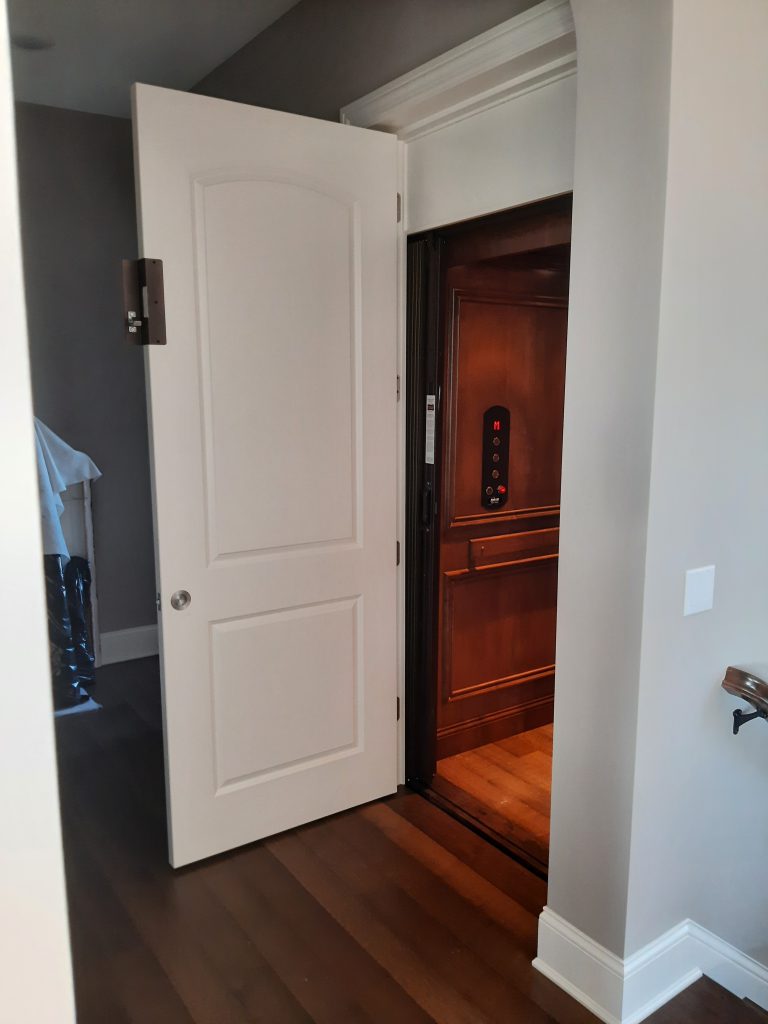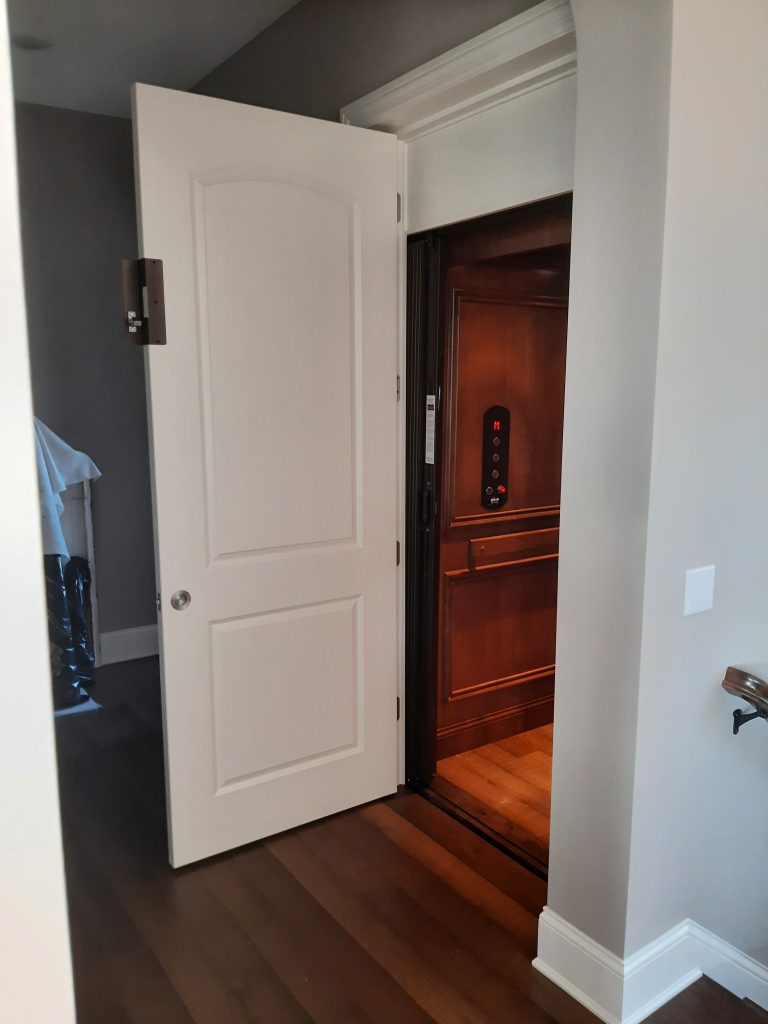5 Ways to Increase Accessibility in the Home

There are many ways to increase accessibility in the home. Some of them are well-known and receive a great deal of attention. Others might surprise you that they even exist.
Home accessibility improvements also vary widely when it comes to project difficulty. They range from do-it-yourself projects to those requiring a specialty trade license or expertise.
Among the many options available, here are a few of the best ways to improve home accessibility:
1. Create at least one accessible entrance to the home.
When considering home accessibility, it makes sense to start with how to enter and exit the home. A ramp may be the most obvious way to do this. If you only have one step to eliminate, a ramp might work well.
There are also other options available though. For example, an outdoor stair lift is often the simplest, most turn-key accessibility upgrade to safely overcome multiple stairs.
If someone in the home uses a wheelchair and you need something more compact than a large ramp, a residential wheelchair lift could be your best option. These lifts are often placed next to an outside deck or inside a garage to provide a wheelchair accessible entrance to the home.
2. Remodel to widen doorways or create an open floor plan.
When wheelchair accessibility is needed, moving within the home is just as important as entering and exiting.
Even if the wheelchair can squeeze through an existing door or hallway, there might not be enough space to maneuver easily and safely. For example, turning around corners and changing directions should not be a hassle for the person in the wheelchair.
Depending on the budget and scope of the remodeling project, widening doorways is a good place to start, while creating an open floorplan is often the ideal end result.
3. Do what you can to minimize trips and falls.
Unfortunately, falls are the leading cause of injury among older adults.
Two simple mini-projects to reduce trips and falls in the home are arranging furniture to avoid narrow walkways and tidying up to reduce clutter. Additionally, consider removing throw rugs.
Another idea is to place commonly used items in a low-height cabinet or shelf rather than up high in a hard-to-reach place.
Finally, the most dangerous place to fall in a home is often the stairs. Stair lifts improve safety on the stairs and can be fit to most staircases, including narrow staircases and turning stairs.
4. Make the bathroom more accessible.
Bathrooms are also a common place for in-home falls, and they pose unique challenges for people who use wheelchairs.
Two of the best accessibility solutions for bathrooms are grab bars and walk-in bathtubs.
Depending on the mobility level of a wheelchair user, a zero or low threshold shower could make more sense than a walk-in bathtub.
5. Upgrade your home to be your “forever home” with a home elevator.
For any multi-story home, a home elevator is the ultimate accessibility upgrade.
The most common type of residential elevator is installed in a shaft and has a wood panel car. There are many ways to customize this type of in-home elevator.
For a higher end look, consider a glass home elevator.
On the other hand, if the home is only two stories and accessibility is the primary goal with quick turn-around and minimal construction, a shaftless home elevator will be the best choice.
Of course, there are many more ways to improve home accessibility, but the above ideas are a great place to start.
Each project, home, and homeowner are different and much depends on available budget and required timeline.
With less than 4% of U.S. housing stock meeting basic accessibility requirements and 11% of adults in the U.S. having a mobility disability, there is a clear need for improved home accessibility in the U.S. construction market.

